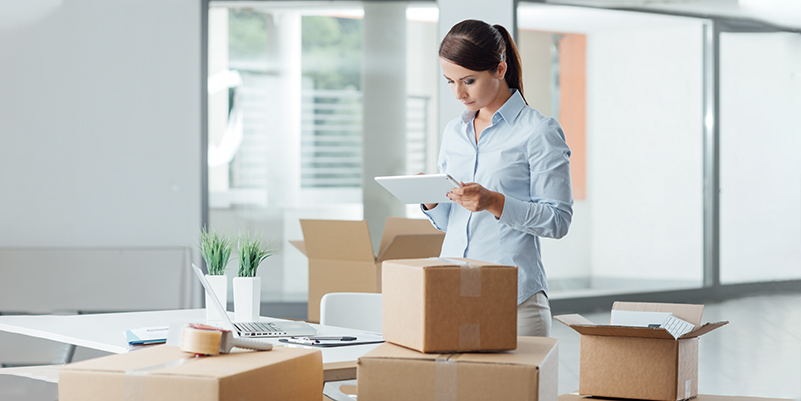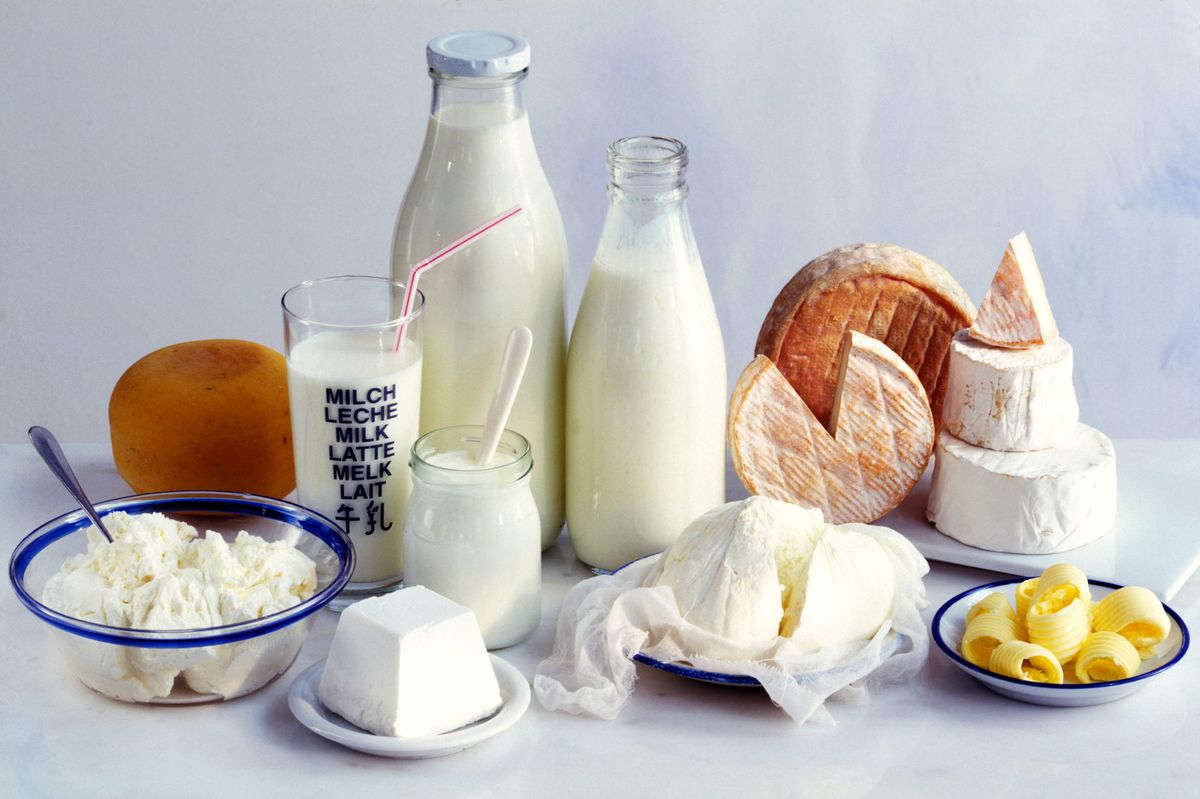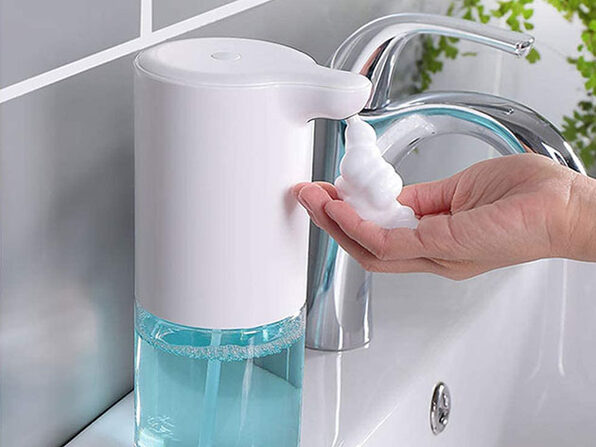Properly storing and organising your items in the packing boxes will significantly reduce the possibility of headaches due to damaged belongings in the moving process. This will make unpacking and settling into your new place an activity that you could even enjoy.
Looking for packing tips to make your move as smooth and efficient as possible? You have come to the right place!
Table of Contents
Decide if you are going to book a professional company to pack your belongings
Packing can be time-consuming and stressful, especially if you are moving for the first time and your loved ones are unable to lend you a hand.
Taking days off work before you are relocated is not the best (or even an) option most of the time. Doing everything at the last moment means packing mistakes, which can lead to damaged belongings and a terrible unpacking experience.
Using a packing company can take those troubles off your hands. Removal and packing service teams are always well-equipped and will bring all the necessary high-quality materials and experience to store and organise your belongings safely.
Whether it’s a tight schedule, an overnight move or sensitive cargo, a quality packing service will securely and efficiently pack your precious belongings for the move without you having to wonder how and what you need to pack.
Understand the different types of packing materials and their purpose
For one, you have packing containers for your items, the most common examples of which are cardboard boxes. Double-ply cardboard boxes are highly recommended as they are much more durable than ordinary ones.
Cushioning or fillers are used to fill the space in a box and prevent your items from rattling around it and getting damaged during transportation. They include packing paper, bubble wrap, and packing peanuts, but towels can also be used.
Of no lesser importance is a strong tape, which is used for sealing and strengthening the packing boxes. Make sure to use it on the bottom, the top and the sides of the box, too.
You might need a utility knife if you need to easily cut a box open without damaging it.
Make sure to use a permanent marker for labelling, especially if you will store the boxes for longer.
If you use a reputable moving company, you won’t have to worry about any of that since quality house packing services supply the proper equipment and materials to guarantee your belongings are safely packed and well organised.
List what needs to be packed
Moving all your possessions with you will build up plenty of material costs, take even more of your time, and clog up your new place immediately.
It is also a great opportunity to sort through your belongings and make a list of the items you’ll keep after the move and the ones you barely use or do not need at all.
A packing list will help you not leave anything important behind and make unpacking easier.
Find another purpose for the item you do not need anymore
If an item you no longer need is perfectly functional and in good condition, you could opt to donate it to charity, a neighbour or a loved person, so it could help someone else who might make good use of it.
You could also sell such items, which will help you recover a bit of the expense of the move and also help you create a minimalist lifestyle in your new home.
Items in poor condition of no sentimental value are best thrown away to save space and avoid harming you or your other items during the move.

Pack your things smart
Let’s look at a few tips that will help you do that:
Packing light – Keep in mind that when you are packing boxes, you should try to keep them at a reasonable weight. Your back and any helpers you have will be thankful for this.
Use the original packing – When it comes to your electronics and other fragile items, it’s best to use their original packing since their safety was approved by the company that produced them.
Informative box markings – Mark “fragile” boxes with breakables such as dishes, mirrors and glasses. Mark on boxes with sensitive content which way they should be stood. Also, label your boxes to make unpacking less stressful.
Store by weight – Always store the heavier items at the bottom of the packing box to avoid crushing lighter belongings.
Fill the space in the box – Use a filler, such as towels or packing paper, when packing boxes to prevent items from rattling inside and getting damaged during transportation.
Don’t rush taping the boxes – You could end up needing to pick up or add something to a box, so leave taping for the last couple of days before the move.
Prepare essentials – Your documents, medication, clothes-change, cash, and valuables are better off in your luggage, where you can access them anytime during the move.
Start packing as early as possible
You should start planning your item checklist and packing as soon as you set your move-out date.
Beginning early on will allow you to take care of all the packing yourself. Do so at a non-stressful pace, sort the items you will take or remove and organise and store your belongings better. This will offer you enough time to revisit your packing boxes and make changes if needed.
Starting early will save you money and mitigate the chance of packing mistakes that would damage your belongings.
Do not forget to label your boxes
Labelling your boxes based on their contents and the rooms they occupy will make unpacking and organising your belongings at your new home much easier and more efficient. This will help identify items of higher unpacking priority, too.
Going a step further, you could even produce an inventory list for each box. You can number the boxes and keep the inventory list for each in a notebook, printed and taped to the box itself or even stored in files on your phone or laptop.
Colour coding your box depending on the room they are intended for is another fantastic way of quickly unloading your items in the right place.
Make sure to group your items when packing
Grouping similar items by room and purpose will help you keep the packing boxes well organized and will significantly reduce unloading and unpacking times. Liquids go with liquids, clothes with clothes, and dishes with dishes.
It’s safer for your items since you don’t run the risk of a cooking oil bottle spilling over your clothes, for example.
Ask for help if you need
Packing is not a solo job, especially when disassembling and packing heavy furniture. Make sure to ask a friend or a neighbour, or even consider a removal packing service if you have plenty of heavy items for packing and loading.
Having a helping hand will ensure you can move your appliances, reducing the risk of damaging them, too.
Conclusion
Properly packing your items will allow you to explore and enjoy your new home quicker.
Hiring a professional house packing service will also give you peace of mind and lots of free time you can spend with family or on self-care. And last but not least, it will ensure the safety of your belongings and ease your transition into your new home.













